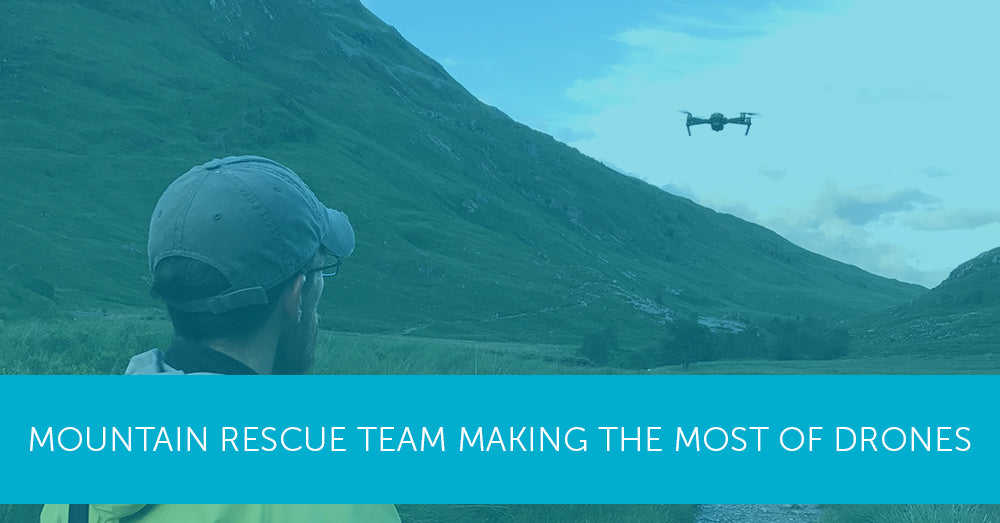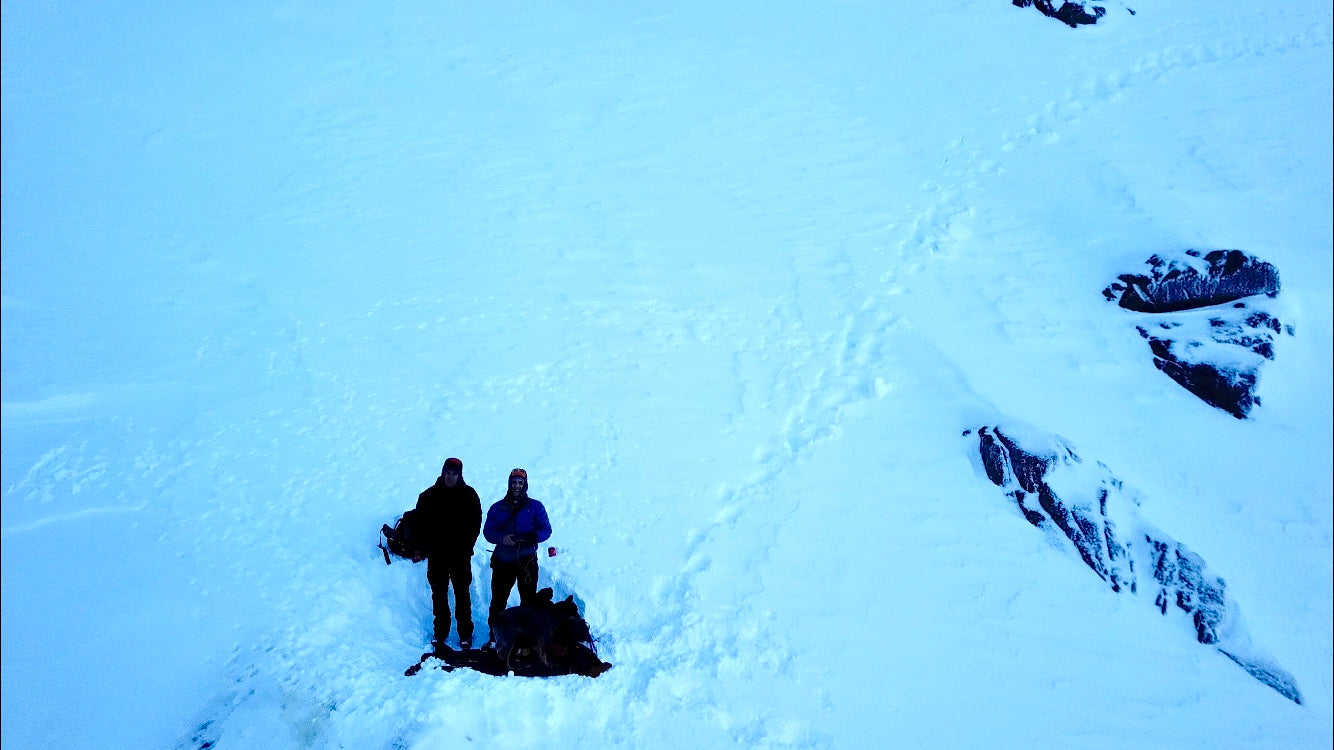
Case Studies
Drones are 'invaluable tool' for Scotland's busiest mountain-rescue team
Picture the scene. Freezing temperatures, a thick blanket of snow, tricky terrain and a vast area of open space to cover. It’s a daunting prospect for the volunteers of Lochaber Mountain Rescue, but it is a scenario which they face on an al ... Read More

THE BENEFITS OF USING DRONE TECHNOLOGY

DRONES ARE VITAL TO THE WORK OF THE TEAM

